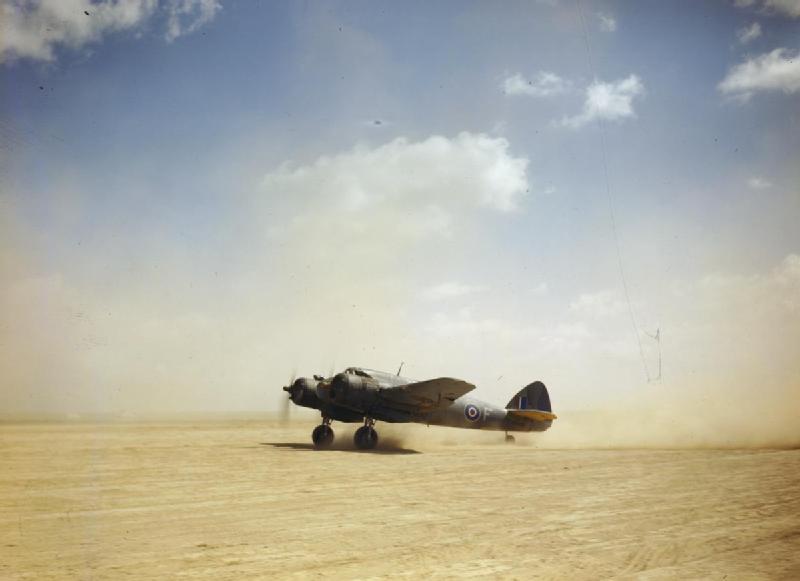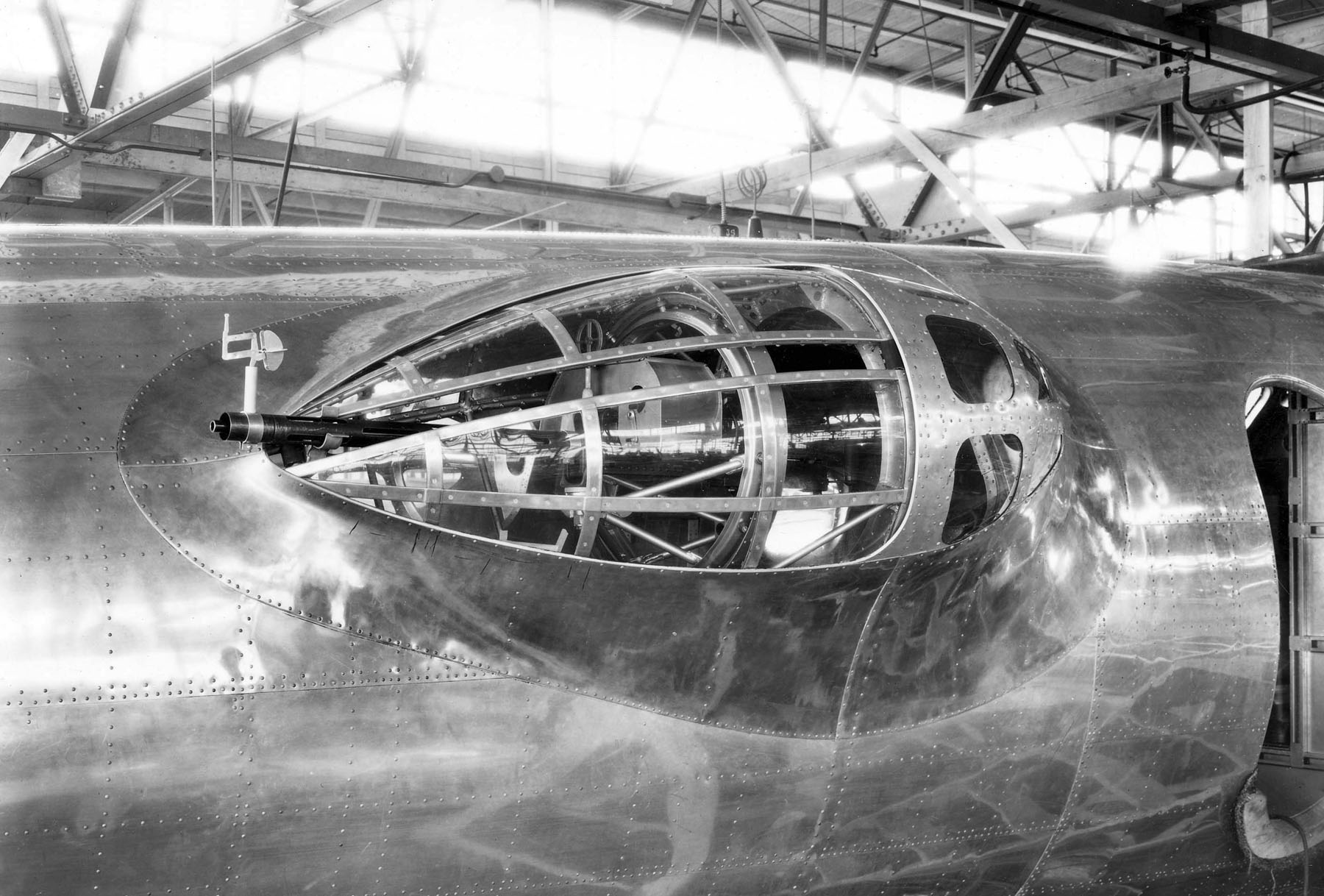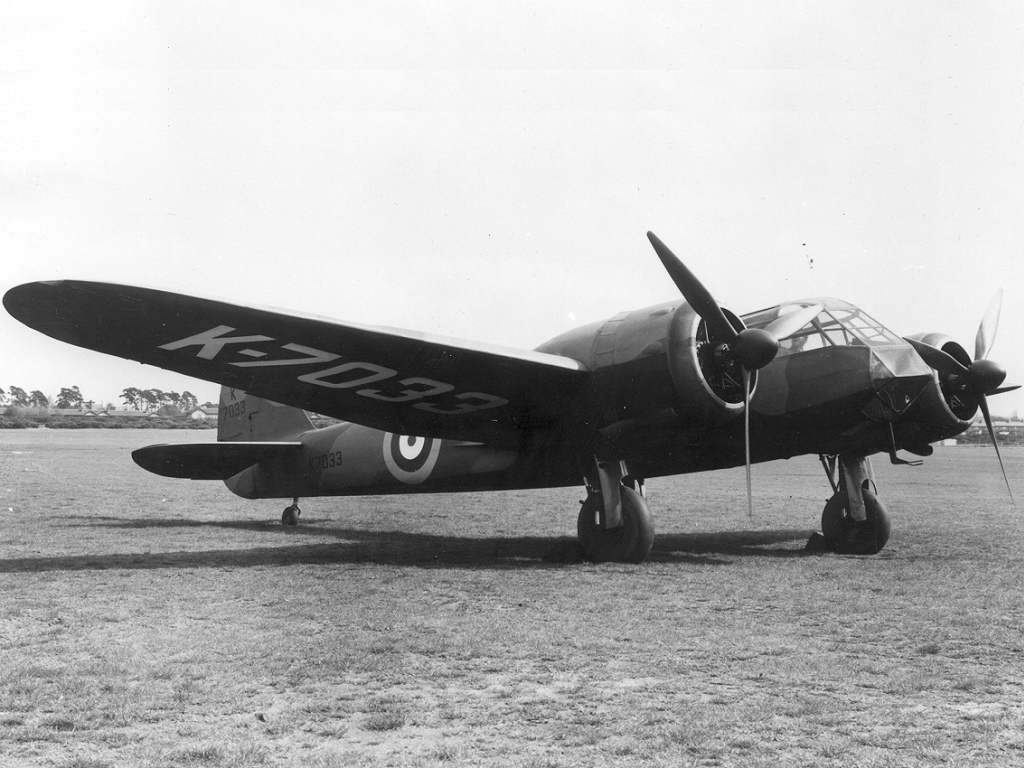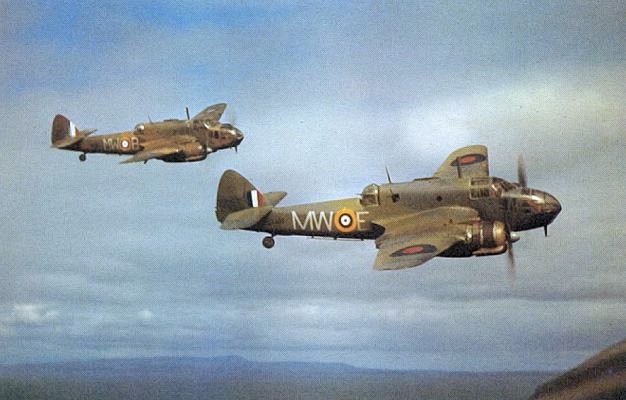|
Luigi Gorrini
Luigi Gorrini, MOVM (12 July 1917 – 8 November 2014), was an Italian World War II fighter pilot in the Regia Aeronautica and in the Aeronautica Nazionale Repubblicana. During the conflict, he flew with the ''Corpo Aereo Italiano'' (CAI, Italian Air Corps) during the Battle of Britain, fought over Libya and Tunisia, and was involved in the defence of the Italian mainland. Gorrini is believed to have shot down 19 Allied planes (24 according to some sources), and damaged another 9, of several types: Bristol Beaufighter, Bristol Blenheim, Curtiss P-40, Spitfire, P-38 Lightning, P-47 Thunderbolt, B-17 Flying Fortress and B-24 Liberator. He piloted the biplane Fiat C.R.42 and monoplanes Macchi C.202 and C.205 ''Veltro''. With the ''Veltro'' he shot down 14 Allied planes and damaged six more. At the time of his death, he was the only surviving fighter pilot awarded the ''Medaglia d'Oro al Valor Militare'' (Gold Medal of Military Valor). North Africa and Greece Gorrini came to N ... [...More Info...] [...Related Items...] OR: [Wikipedia] [Google] [Baidu] |
Alseno
Alseno ( or ) is a ''comune'' (municipality) in the Province of Piacenza in the Italian region Emilia-Romagna, located about northwest of Bologna and about southeast of Piacenza. Alseno borders the following municipalities: Besenzone, Busseto, Castell'Arquato, Fidenza, Fiorenzuola d'Arda, Salsomaggiore Terme Salsomaggiore Terme (Parmigiano dialect, Salsese: ; Parmigiano dialect, Parmigiano: ) is a town and ''comune'' located in the Italy, Italian province of Parma, in the region of Emilia-Romagna. Located at the foot of the Apennine Mountains, Apennine ..., Vernasca. References External links Official website Cities and towns in Emilia-Romagna ... [...More Info...] [...Related Items...] OR: [Wikipedia] [Google] [Baidu] |
Aeronautica Nazionale Repubblicana
The National Republican Air Force (, ANR) was the air force of the Italian Social Republic, a World War II German puppet state in Italy. Description This air force was tasked with defending the industrial areas of the region, intercepting Allied bombers en route to southern Germany and the allied and occupied territories of the Axis, and giving close support to German and Italian land forces. Later during the war various units served with German forces based at Spilve, near Riga (''Reichskommissariat Ostland''), on the northern Russian Front, amongst others in the central and south area (Crimea) on the front. The ANR, after the 1943 armistice that divided Italy, received numbers of Italian aircraft, later augmented with their own local production, and further aircraft from Germany. This force was opposed to the Italian Co-Belligerent Air Force ( ''Aviazione Cobelligerante Italiana'', or ACI, or ''Aeronautica Cobelligerante del Sud''), the Italian pro- Allied air force, thou ... [...More Info...] [...Related Items...] OR: [Wikipedia] [Google] [Baidu] |
B-24 Liberator
The Consolidated B-24 Liberator is an American heavy bomber, designed by Consolidated Aircraft of San Diego, California. It was known within the company as the Model 32, and some initial production aircraft were laid down as export models designated as various LB-30s, in the Land Bomber design category. At its inception, the B-24 was a modern design featuring a highly efficient shoulder-mounted, high aspect ratio Davis wing. The wing gave the Liberator a high cruise speed, long Range (aeronautics), range and the ability to carry a heavy Aerial bomb, bomb load. In comparison with its contemporaries, the B-24 was relatively difficult to fly and had poor low-speed performance; it also had a lower Ceiling (aeronautics), ceiling and was less robust than the Boeing B-17 Flying Fortress. While Aircrew#Military, aircrews tended to prefer the B-17, General Staff favored the B-24 and procured it in huge numbers for a wide variety of roles. At approximately 18,500 units – including 8,68 ... [...More Info...] [...Related Items...] OR: [Wikipedia] [Google] [Baidu] |
B-17 Flying Fortress
The Boeing B-17 Flying Fortress is an American four-engined heavy bomber aircraft developed in the 1930s for the United States Army Air Corps (USAAC). A fast and high-flying bomber, the B-17 dropped more bombs than any other aircraft during World War II, used primarily in the European Theater of Operations, United States Army, European Theater of Operations. It is the List of most-produced aircraft, third-most produced bomber in history, behind the American four-engined Consolidated B-24 Liberator and the German multirole, twin-engined Junkers Ju 88. The B-17 was also employed in transport, anti-submarine warfare, and search and rescue roles. In a USAAC competition, Boeing, Boeing's prototype Model 299/XB-17 outperformed two other entries but crashed, losing the initial 200-bomber contract to the Douglas B-18 Bolo. Still, the Air Corps ordered 13 more B-17s for further evaluation, which were introduced into service in 1938. The B-17 evolved through numerous Boeing B-17 Flyin ... [...More Info...] [...Related Items...] OR: [Wikipedia] [Google] [Baidu] |
Republic P-47 Thunderbolt
The Republic P-47 Thunderbolt is a World War II-era fighter aircraft produced by the American company Republic Aviation from 1941 through 1945. It was a successful high-altitude fighter, and it also served as the foremost American fighter-bomber in the ground-attack role. Its primary armament was eight .50-caliber machine guns, and it could carry 5-inch rockets or a bomb load of . When fully loaded, the P-47 weighed up to 8 tons, making it one of the heaviest fighters of the war. The Thunderbolt was effective as a short-, medium-, and long range escort fighter in high-altitude air-to-air combat and ground attack in both the European and Pacific theaters. The P-47 was designed around the powerful Pratt & Whitney R-2800 Double Wasp 18-cylinder radial engine, which also powered two U.S. Navy/U.S. Marine Corps fighters, the Grumman F6F Hellcat and the Vought F4U Corsair. An advanced turbosupercharger system ensured the aircraft's eventual dominance at high altitudes, while al ... [...More Info...] [...Related Items...] OR: [Wikipedia] [Google] [Baidu] |
Lockheed P-38 Lightning
The Lockheed P-38 Lightning is an American single-seat, twin piston-engined fighter aircraft that was used during World War II. Developed for the United States Army Air Corps (USAAC) by the Lockheed Corporation, the P-38 incorporated a distinctive twin boom, twin-boom design with a central nacelle containing the cockpit and armament. Along with its use as a general fighter aircraft, fighter, the P-38 was used in various aerial combat roles, including as a highly effective fighter-bomber, a night fighter, and a Range (aircraft), long-range escort fighter when equipped with drop tanks. The P-38 was also used as a bomber-pathfinder, guiding streams of medium bomber, medium and heavy bombers, or even other P-38s equipped with bombs, to their targets."P-38 Lightning" Na ... [...More Info...] [...Related Items...] OR: [Wikipedia] [Google] [Baidu] |
Supermarine Spitfire
The Supermarine Spitfire is a British single-seat fighter aircraft that was used by the Royal Air Force and other Allies of World War II, Allied countries before, during, and after World War II. It was the only British fighter produced continuously throughout the war. The Spitfire remains popular among enthusiasts. Around List of surviving Supermarine Spitfires, 70 remain airworthy, and many more are static exhibits in aviation museums throughout the world. The Spitfire was a short-range, high-performance interceptor aircraft designed by R. J. Mitchell, chief designer at Supermarine Aviation Works, which operated as a subsidiary of Vickers-Armstrong from 1928. Mitchell modified the Spitfire's distinctive elliptical wing (designed by Beverley Shenstone) with innovative sunken rivets to have the thinnest possible cross-section, achieving a potential top speed greater than that of several contemporary fighter aircraft, including the Hawker Hurricane. Mitchell continued to refine ... [...More Info...] [...Related Items...] OR: [Wikipedia] [Google] [Baidu] |
Curtiss P-40
The Curtiss P-40 Warhawk is an American single-engined, single-seat, all-metal fighter-bomber that first flew in 1938. The P-40 design was a modification of the previous Curtiss P-36 Hawk which reduced development time and enabled a rapid entry into production and operational service. The Warhawk was used by most Allies of World War II, Allied powers during World War II, and remained in frontline service until the end of the war. It was the third most-produced American fighter of World War II, after the North American P-51 Mustang and Republic P-47 Thunderbolt; by November 1944, when production of the P-40 ceased, 13,738 had been built,Murphy and McNiece 2009, p. 83. all at Curtiss-Wright Corporation's main production facilities in Buffalo, New York. P-40 Warhawk was the name the United States Army Air Corps gave the plane, and after June 1941, the USAAF adopted the name for all models, making it the official name in the US for all P-40s. The Commonwealth of Nations, British Com ... [...More Info...] [...Related Items...] OR: [Wikipedia] [Google] [Baidu] |
Bristol Blenheim
The Bristol Blenheim is a British light bomber designed and built by the Bristol Aeroplane Company, which was used extensively in the first two years of the Second World War, with examples still being used as trainers until the end of the war. Development began with the ''Type 142'', a civil airliner, after a challenge from the newspaper proprietor Harold Harmsworth, 1st Viscount Rothermere, Lord Rothermere to produce the fastest commercial aircraft in Europe. The ''Type 142'' first flew in April 1935, and the Air Ministry, ordered a modified design as the ''Type 142M'' for the Royal Air Force (RAF) as a bomber. Deliveries of the new Blenheim to RAF squadrons commenced on 10 March 1937. In service the Type 142M became the Blenheim Mk.I which would be developed into the long-nosed Type 149, the Blenheim Mk.IV, except in Canada where Fairchild Canada built the Type 149 under licence as the Bolingbroke. The Type 160 Bisley was also developed from the Blenheim but was already obsol ... [...More Info...] [...Related Items...] OR: [Wikipedia] [Google] [Baidu] |
Bristol Beaufighter
The Bristol Type 156 Beaufighter (often called the Beau) is a British multi-role aircraft developed during the Second World War by the Bristol Aeroplane Company. It was originally conceived as a heavy fighter variant of the Bristol Beaufort torpedo bomber. The Beaufighter proved to be an effective night fighter, which came into service with the Royal Air Force (RAF) during the Battle of Britain, its large size allowing it to carry heavy armament and early aircraft interception radar without major performance penalties. The Beaufighter was used in many roles; receiving the nicknames ''Rockbeau'' for its use as a rocket-armed ground attack aircraft and ''Torbeau'' as a torpedo bomber against Axis shipping, in which it replaced the Beaufort. In later operations, it served mainly as a maritime strike/ground attack aircraft, RAF Coastal Command having operated the largest number of Beaufighters amongst all other commands at one point. The Royal Australian Air Force (RAAF) al ... [...More Info...] [...Related Items...] OR: [Wikipedia] [Google] [Baidu] |
Allies Of World War II
The Allies, formally referred to as the United Nations from 1942, were an international Coalition#Military, military coalition formed during World War II (1939–1945) to oppose the Axis powers. Its principal members were the "Four Policemen, Big Four" – the United Kingdom, United States, Soviet Union, and Republic of China (1912–1949), China. Membership in the Allies varied during the course of the war. When the conflict broke out on 1 September 1939, the Allied coalition consisted of the United Kingdom, French Third Republic, France, and Second Polish Republic, Poland, as well as their respective Dependent territory, dependencies, such as British Raj, British India. They were joined by the independent dominions of the British Commonwealth: Canada, Australia, Dominion of New Zealand, New Zealand and Union of South Africa, South Africa. Consequently, the initial alliance resembled Allies of World War I, that of the First World War. As Axis forces began German invasion of ... [...More Info...] [...Related Items...] OR: [Wikipedia] [Google] [Baidu] |
Defense (military)
A military, also known collectively as armed forces, is a heavily Weapon, armed, highly organized force primarily intended for warfare. Militaries are typically authorized and maintained by a sovereign state, with their members identifiable by a distinct military uniform. They may consist of one or more military branches such as an army, navy, air force, space force, marines, or coast guard. The main task of a military is usually defined as defence of their state and its interests against external armed threats. In broad usage, the terms "armed forces" and "military" are often synonymous, although in technical usage a distinction is sometimes made in which a country's armed forces may include other paramilitary forces such as armed police. Beyond warfare, the military may be employed in additional sanctioned and non-sanctioned functions within the state, including internal security threats, crowd control, promotion of political agendas, emergency services and reconstructi ... [...More Info...] [...Related Items...] OR: [Wikipedia] [Google] [Baidu] |









